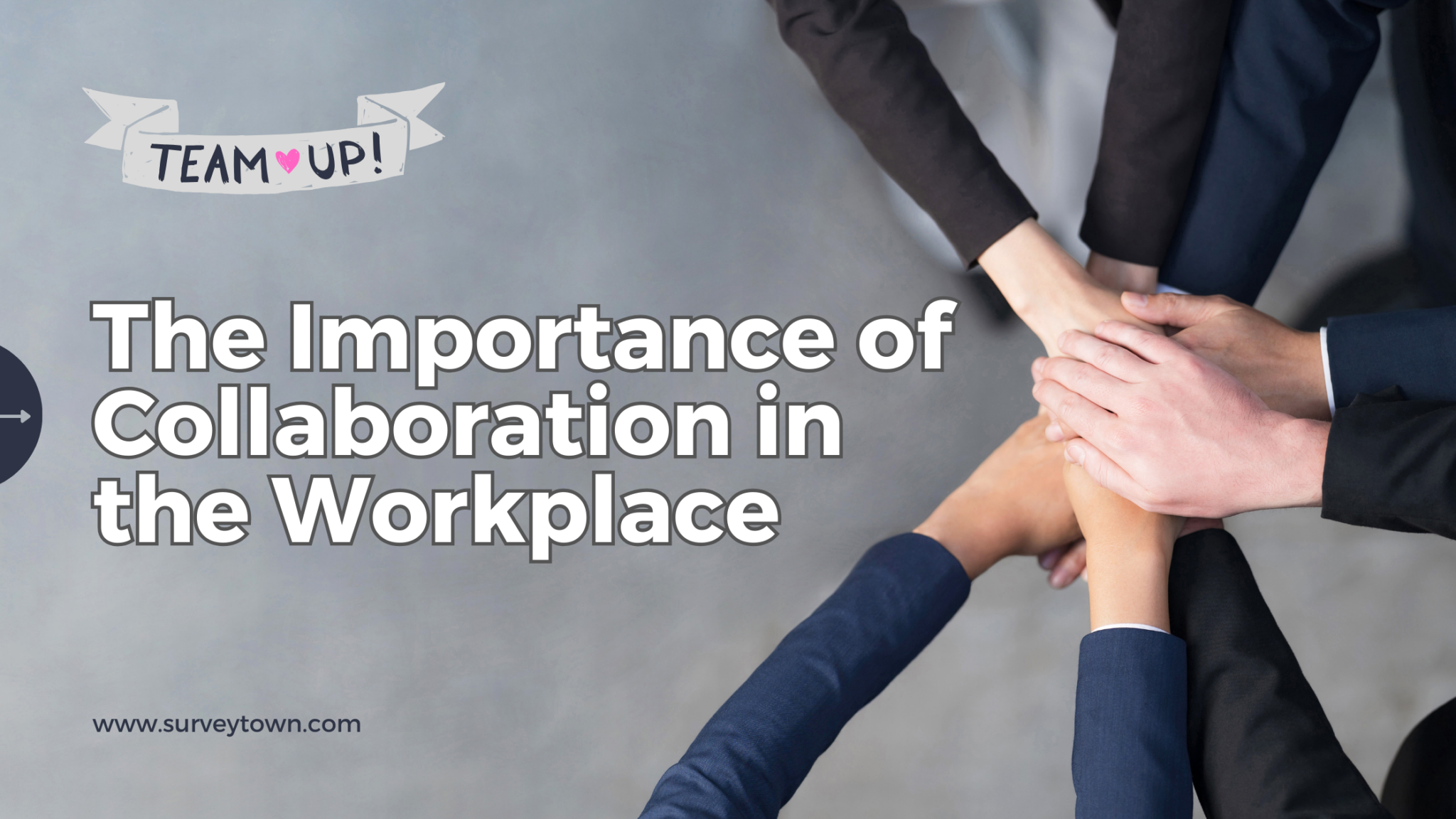In today’s cutthroat business world, effective teamwork is a game-changer. When done right, teamwork revolutionizes productivity, communication, and problem-solving. When individuals unite with purpose, they become an unstoppable force. This synergy boosts productivity as team members leverage strengths while compensating for weaknesses. It also builds strong relationships and sparks innovation while minimizing conflicts caused by poor communication. Let’s learn the importance of workplace collaboration in our next sections.
The Crucial Role of Leadership in Enhancing Teamwork
Leadership is crucial for fostering teamwork and creating a collaborative work environment. Effective leaders actively promote collaboration among their team members. We will provide valuable insights on enhancing teamwork in your workplace.
- Lead by example: Leaders should demonstrate strong collaboration skills to inspire their team members.
- Provide clear direction: Leaders must communicate expectations and establish goals that require collective effort.
- Encourage open communication: Create an environment where open communication is not only encouraged but valued. Actively listen to employees’ ideas, concerns, and feedback.
- Build trust: Foster trust among team members by being reliable, honest, and supportive individuals who lead by example.
- Recognize individual contributions: It’s also important to acknowledge individual accomplishments within the context of the team’s achievements.
- Provide growth opportunities: Support teamwork by offering professional development opportunities within the organization.
By implementing these strategies endorsed by experts like myself, you can create a culture of motivated employees collaborating effectively for organizational success.

Evaluating the Triumph of Your Collaborative Endeavors
Measuring the triumph of collaborative efforts is vital for progress. Here are methods to gauge teamwork success:
- Seek ongoing feedback through meetings, surveys, and discussions. Ask about team dynamics, obstacles faced, and suggestions for improvement.
- Establish KPIs aligned with organizational goals. Measure productivity levels, customer satisfaction ratings, error rate reduction, and employee engagement scores.
- Evaluate team dynamics during meetings or projects. Look for effective communication, active participation from all members, problem-solving skills, and mutual support.
- Measure results achieved on assigned tasks collectively. Check if deadlines were met efficiently while maintaining quality standards.
- Implement peer reviews for constructive feedback on collaboration skills.
Tip: For continuous improvement, analyze data regularly.
Real-Life Examples: Unlocking the Power of Teamwork
Here are some real-life examples of organizations that have mastered the art of enhancing workplace teamwork.
- Microsoft enables seamless communication for efficient collaboration with tools like Microsoft Teams.
- Babson College professors often assign group projects, fostering effective collaboration among students.
- Google and its “20% time” policy allow individuals to dedicate one-fifth of their work hours to personal projects.




